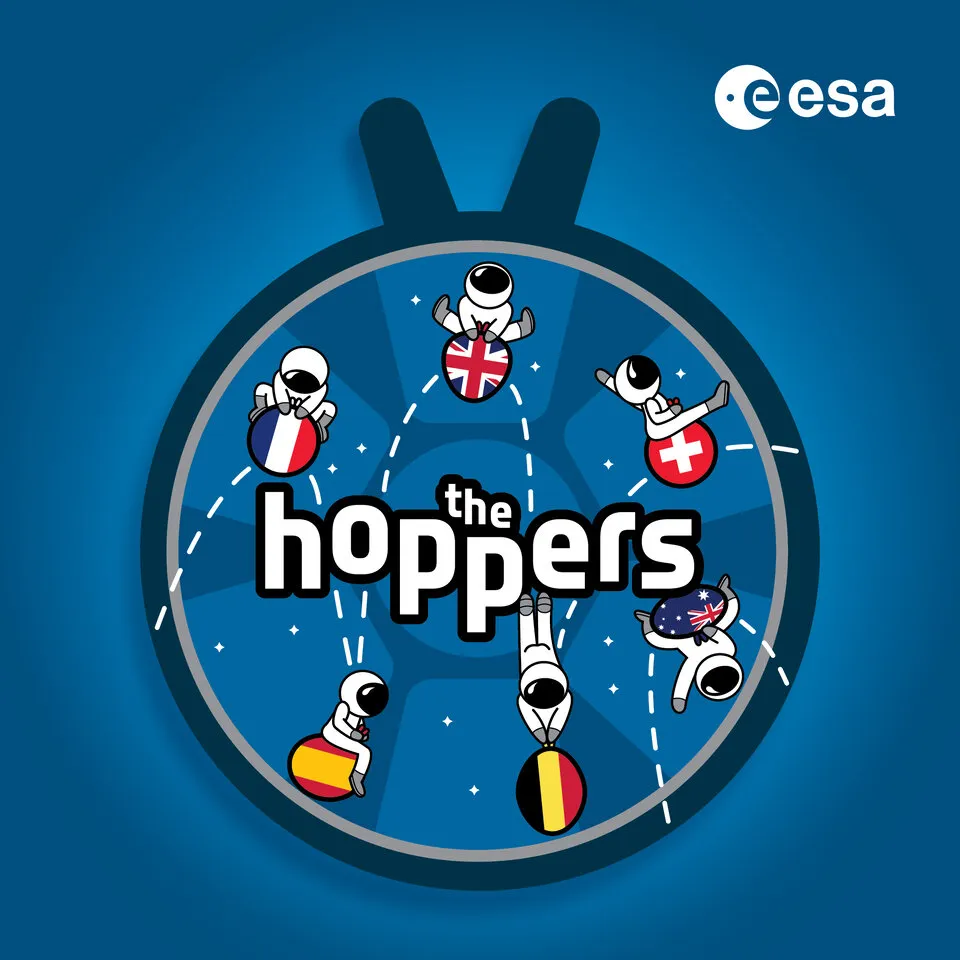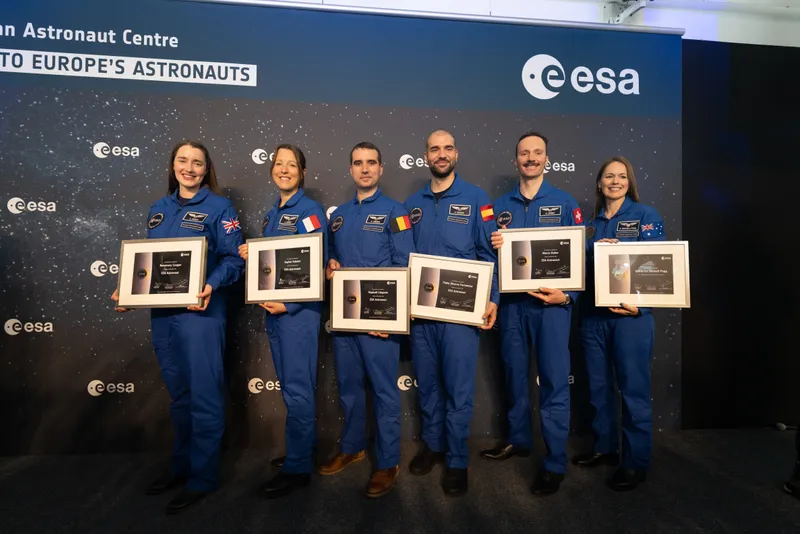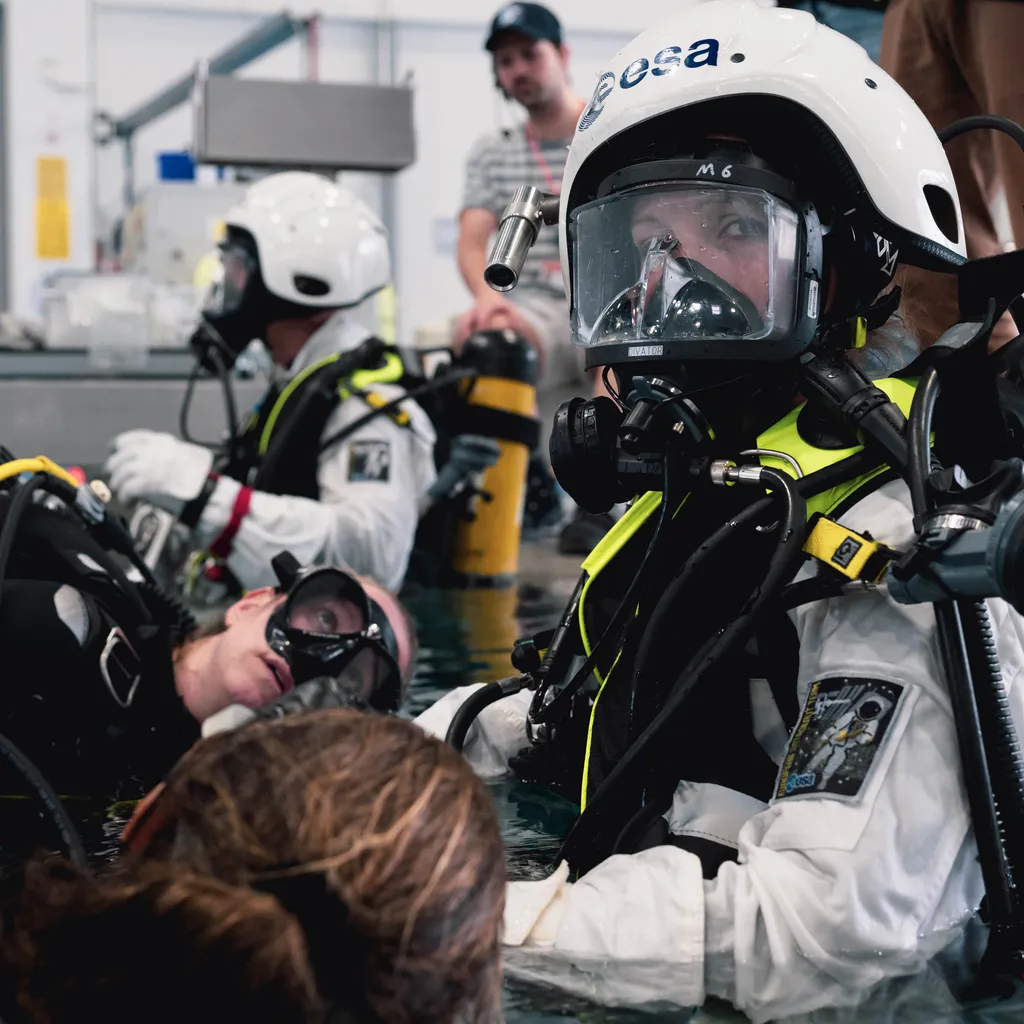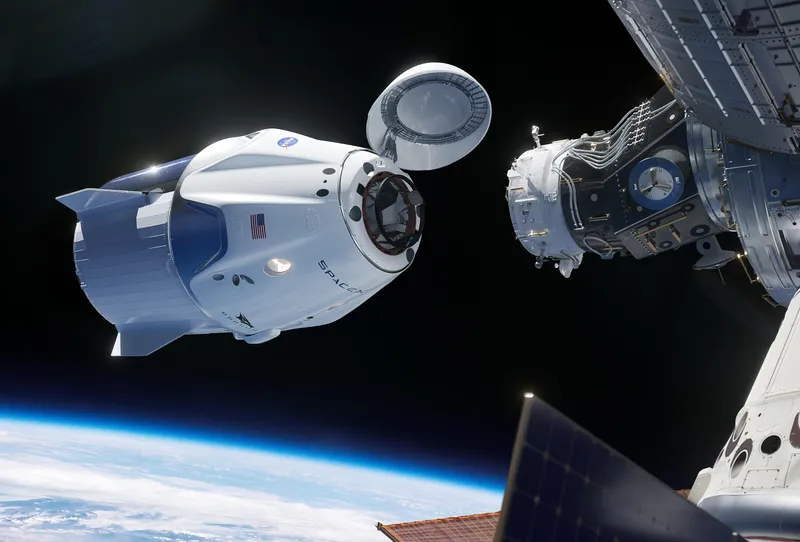The UK has a new astronaut, as Rosemary Coogan graduated from astronaut training at the European Space Agency on 22 April 2024.
She now joins previous space farers Helen Sharman and Tim Peake as the third British astronaut.
“Graduating from astronaut basic training is an incredibly moving moment for me,” says Coogan.
“From dreaming about space to now being one step closer to reaching it, I’m filled with gratitude and determination to make the most of this extraordinary opportunity.”
Rosemary Coogan astronaut selection
Prior to graduating, UK astronaut Rosemary Coogan previously worked as an astrophysicist studying distant galaxies, and has spent time at the French space agency CNES working on missions such as Euclid and the JWST.
In her spare time, she enjoys rowing, scuba diving, hiking, cycling, kayaking and yoga.
When ESA put out a call for their latest astronaut class in 2022, it received over 22,500 applications.
Coogan’s was one of them, and managed to climb to the top becoming one of the 17 people selected for the 2022 European Space Agency Astronaut Group.
Five of these were career astronauts, who began basic training in April 2023: Rosemary Coogan (UK), Sophie Adenot (France), Pablo Álvarez Fernádez (Spain), Raphaël Liégeois (Belgium-Luxemburg) and Marco Seiber (Switerland).
The other 12 are reserve astronauts who would be called upon should new flight opportunities arise.
Amongst these were two British people: John McFall, an orthopaedic surgeon and Paralympian who has been taking part in ESA’s Astronaut Disability Feasibility Study to see how spaceflight could be made more accessible, and materials scientist Meganne Christiane.

Since then, the career astronauts – who have gained the nickname The Hoppers – have been engaged in a yearlong course covering all the basic skills every astronaut needs: spacecraft systems, spacewalking, flight engineering, robotics and life support systems as well as survival and medical training.
They have now all successfully completed this training, and graduated on 22 April 2024, where they were joined by Katherine Bennell-Pegg from the Australian Space Agency who had trained alongside them.
“I’m proud to share this moment with my fellow astronaut graduates and of the commitment of our international team to exploration,” says Coogan.
“Together, we stand ready to embrace the challenges and opportunities that lie ahead, united by our shared passion for space.”

“As the basic training is successfully completed by our new ESA astronauts, we embark on a new era in European astronaut history,” says Daniel Neuenschwander, ESA’s director of Human and Robotic Exploration.
“These five new members of the European astronaut corps, alongside the members of the reserve, underscore our dedication to fostering talent and maximising opportunities for space exploration.
“We are poised to embark on a new era of collaborative endeavours, pushing the boundaries of discovery and shaping the future of space exploration.”
What happens now the 2022 ESA astronaut class has graduated astronaut school?
The five graduates are now considered astronauts eligible for spaceflight assignments.
While waiting for an assignment, the astronauts will take up jobs around ESA, such as helping to develop new systems, running ground operations or conducting scientific research.
As an example, before Tim Peake's ISS mission, he took part in a pair of analogue expeditions here on Earth; one in a set of caves in Sardinia and another to the underwater laboratory, Aquarius.

Once the astronauts have received an assignment, they will then begin specialist training for their flight, learning the specific experiments and tasks they will need to perform on their mission.
Most ESA astronauts have served as part of the crew onboard the ISS, which is where most of the 2022 class will probably conduct their flight missions.
ESA are also working closely with NASA on their Artemis programme to put humans back on the lunar surface, with the hope that a European astronaut will one day join them.
Could Rosemary Coogan be the first UK astronaut to walk on the Moon? Only time will tell.
The rise of private spaceflight is also providing a growing number of opportunities for European astronauts to fly as shown when reserve astronaut, Marcus Wandt (Sweden), joined the Axiom-3 mission which launched on 18 January 2024.

There are also plans for an all-British space mission, facilitated again by Axiom Space.
One place the astronauts will not be heading to, however, is the Chinese Space Station, Tiangong.
Though ESA has run several joint training missions with China in the past, Director General of ESA Josef Ashbacher announced in January 2023 the agency had no intentions to send European astronauts to the recently completed station.

